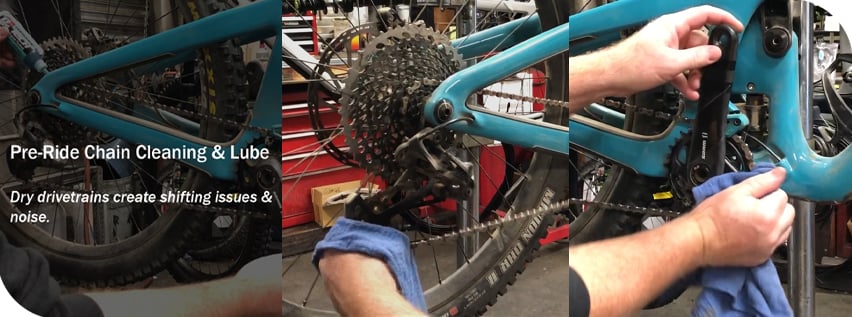
Bike Yoke Revive Seatpost Hydraulic Reset
The Bike Yoke Revive seatpost has been extremely popular. Along with a variety of available travel lengths the Bike Yoke Revive seatpost also stands out with it’s simple hydraulic reset.
If your Bike Yoke Revive adjustable seatpost is “squishy” air has mixed with the hydraulic fluid.
To quickly reset your Bike Yoke Revive seatpost follow these steps.
Bike Yoke Seatpost Hydraulic Reset
First extend the post to its full height.
Insert a 4mm Allen wrench (or appropriate tool) into the reset located on the drive side near the saddle mount.
Gently rotate the Revive reset clockwise until you feel it hit the stop.
While holding the reset against the stop push the seatpost completely down with your other hand.
Release the 4mm Allen (or appropriate tool) in the Revive reset and let go of the saddle.
Bring the saddle to full height using the remote.
If you still have squish in the system repeat these steps.
If your seatpost is rigid go hit the trails…
Click to Shop Bike Yoke and other top Adjustable Seatposts.









